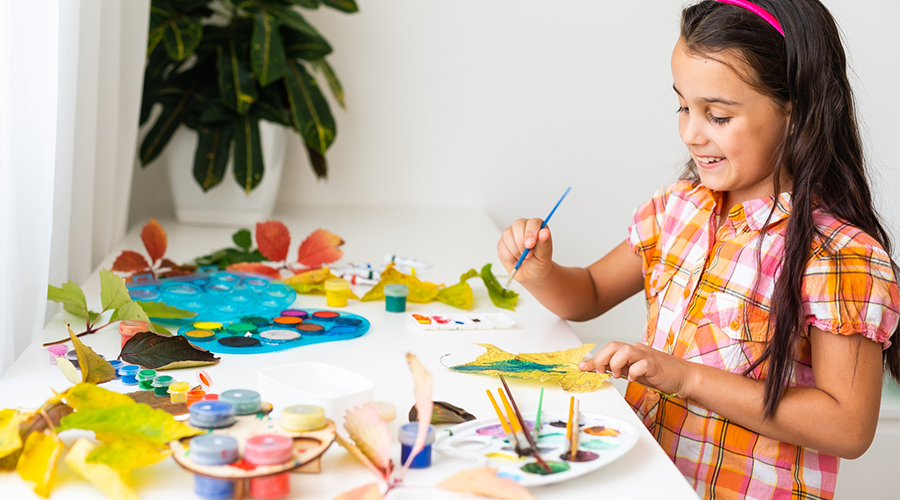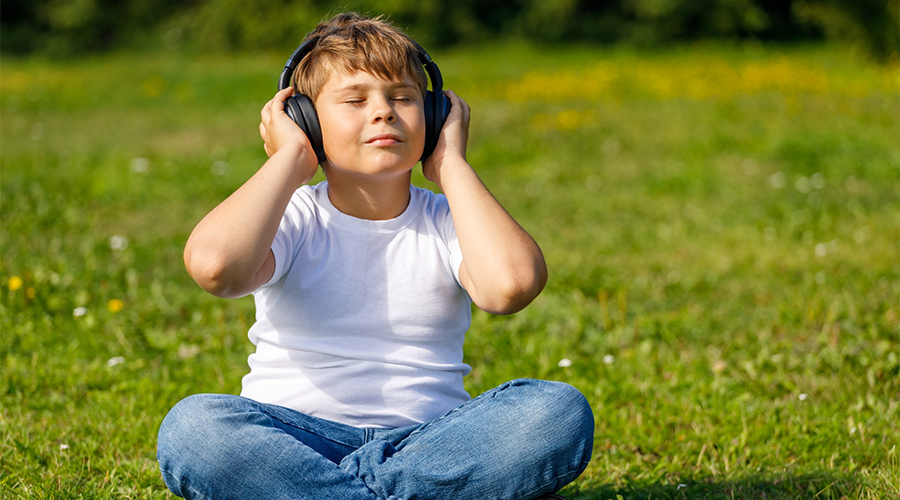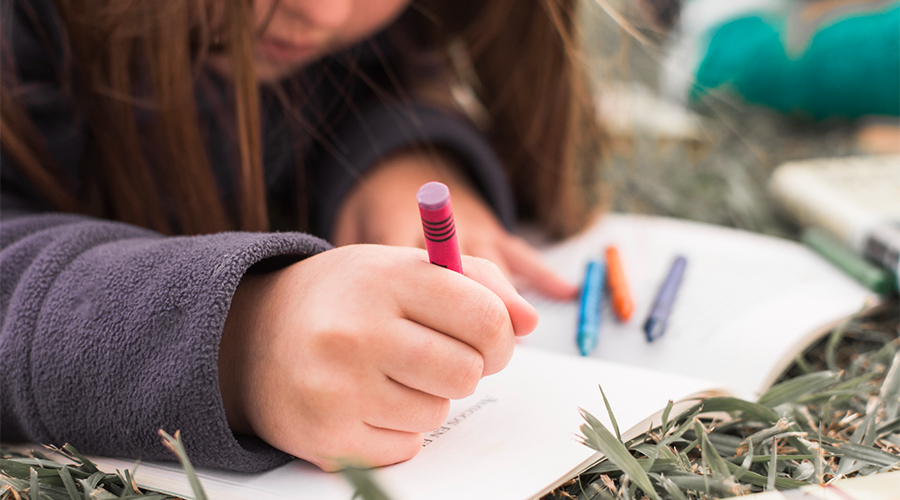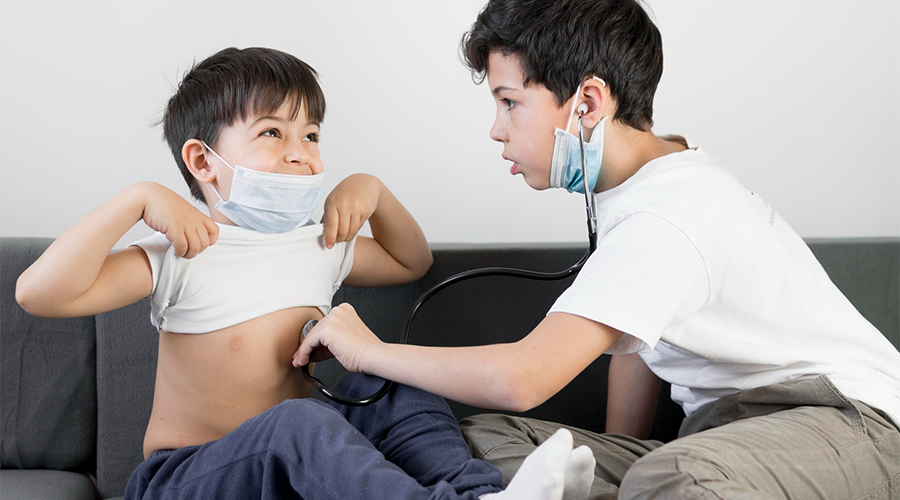In today's fast-paced world, children often experience stress, anxiety, and overstimulation. Mindfulness activities for kids offer a valuable way to help children develop self-awareness, emotional regulation, and resilience. These activities encourage children to be present, appreciate the world around them, and navigate their emotions more effectively.
In this article, we will explore a variety of mindfulness activities designed to promote well-being and calmness in children's lives.
1. Mindful Breathing Exercises

Mindful breathing is a fundamental practice that teaches kids to connect with their breath and become aware of their body. Simple exercises, such as “belly breathing,” where children focus on the rise and fall of their abdomen as they breathe, can be a great starting point. Additionally, you can introduce the “flower breath,” where children pretend to smell a flower (inhale) and blow out a candle (exhale). These exercises help children understand the power of the breath in managing their emotions and stress.
2. Mindful Observation

Encourage kids to use their senses to explore the world around them. You can take them on a mindful nature walk, where they pay attention to the colors, shapes, sounds, and textures they encounter. Ask questions like, “What does the grass feel like under your feet?” or “What sounds can you hear in the distance?” This activity fosters a sense of wonder, presence, and an appreciation for the beauty of the natural world.
3. Guided Imagery

Guided imagery is an effective way to engage a child's imagination while promoting relaxation. You can lead them through a journey in their mind, describing a peaceful place where they feel safe and happy. Whether it's a beach, forest, or a magical castle, this practice encourages children to visualize and immerse themselves in a calming, stress-free environment.
4. Mindful Eating

Mindful eating is an excellent activity to help children develop a healthier relationship with food and become more conscious of their eating habits. Encourage them to engage all their senses while eating, focusing on the smell, taste, texture, and appearance of the food. Avoid distractions like screens or toys during meal times to emphasize the importance of savoring each bite.
5. Mindful Art and Creativity

Art and creative activities provide an outlet for children to express themselves and cultivate mindfulness. Coloring, drawing, or painting mandalas, which are intricate geometric patterns, can be a calming and meditative exercise. The process of coloring within the lines or creating intricate designs can help children concentrate on the task at hand.
6. Mindful Listening

Listening mindfully can enhance children's awareness of sounds and their environment. This activity can be done anywhere, indoors or outdoors. Close your eyes and ask the children to identify all the sounds they can hear. Encourage them to pay attention to the sounds that are near and far, loud and soft. This practice can help improve their concentration and sensory awareness.
7. Mindful Body Scan

The body scan is a relaxation exercise that involves paying attention to different parts of the body, from head to toe. It helps children identify any areas of tension or discomfort and learn to relax them. You can guide them through this exercise by asking them to close their eyes and focus on each part of their body, noticing any sensations or feelings.
8. Gratitude Journaling

Encouraging kids to keep a gratitude journal can instill a positive outlook and an appreciation for the little things in life. At the end of each day, they can write down three things they are grateful for. This simple practice helps children reflect on the positive aspects of their day and fosters a sense of contentment.
9. Mindful Breathing with Props

To make mindful breathing more engaging, you can use props like bubbles. Inhale deeply and blow out slowly to create bubbles. As the bubbles float away, children can visualize their worries or stressors floating away with them. This adds an element of playfulness to the practice while still teaching the importance of breath control.
10. Yoga for Kids

Yoga is a wonderful way for children to connect their mind and body. There are many yoga programs specifically designed for kids, which incorporate playful and imaginative poses. Yoga can improve flexibility, balance, and body awareness while promoting a sense of calm and self-regulation.
11. Mindful Storytelling

Storytelling with a mindfulness twist can capture children's attention while delivering important lessons. Choose stories that involve characters who practice mindfulness, empathy, or gratitude. After reading the story, engage in a discussion with the children about how the characters' experiences relate to their own lives.
12. Loving-Kindness Meditation

Loving-kindness meditation, also known as “metta,” is a practice that encourages feelings of love and compassion for oneself and others. Teach children to send kind and positive thoughts to themselves, their family, friends, and even those they may have conflicts with. This practice promotes empathy and emotional well-being.
13. Mindful Body Movements

Incorporate mindful body movements into children's routines. Teach them simple stretching exercises or yoga poses, such as “the tree” or “the butterfly.” These movements help children connect with their bodies, develop flexibility, and increase their awareness of physical sensations.
14. Breathing Buddies

Breathing buddies are soft toys or stuffed animals used to teach children about mindful breathing. Children can place their breathing buddy on their belly and watch it rise and fall as they take slow, deep breaths. This visual aid helps children understand the concept of deep breathing and its calming effect.
15. Mindful Puzzles and Games

Introduce puzzles, board games, or card games that require focus and attention. Activities like jigsaw puzzles or memory games can help children develop concentration and patience, which are essential components of mindfulness.
16. Mindful Communication

Teach children the importance of mindful communication by using the STOP acronym: Stop, Take a breath, Observe your thoughts and feelings, and Proceed with empathy and understanding. This practice encourages children to pause before reacting and consider their words and actions carefully.
17. Mindful Music

Listening to calming music or playing a musical instrument can help children connect with their emotions and reduce stress. Soft, melodic tunes can create a soothing atmosphere and encourage relaxation.
18. Mindful Coloring and Zentangles

Zentangles are a form of meditative art that involves creating structured, repetitive patterns within a defined space. Provide children with blank pages and encourage them to start with a simple shape or pattern. They can gradually build upon it, allowing their creativity to flow in a mindful and soothing manner.
19. Mindful Appreciation

Teach children to appreciate the everyday things they often take for granted. Encourage them to notice and express gratitude for the sun, rain, a cozy bed, or a delicious meal. This practice fosters contentment and a sense of abundance.
20. Mindful Technology Use

While technology is an integral part of modern life, it's important to teach children about responsible and mindful technology use. Encourage them to take breaks from screens, set limits on screen time, and engage in activities that don't involve electronic devices. This approach helps children maintain a healthy balance in their lives.
Conclusion
Mindfulness activities for kids offer invaluable tools for nurturing emotional well-being, resilience, and self-awareness. These practices help children navigate the challenges of modern life while promoting calmness and a positive outlook. It's important to introduce mindfulness as a regular part of children's routines, both at home and in educational settings.
By fostering mindfulness from a young age, we equip children with essential life skills that will serve them well throughout their lives.










